Which Mirrorless Cameras Have The Same Lens Mount?
Mirrorless cameras have gained immense popularity in recent years due to their compact size, advanced features, and versatility. For photographers, one crucial aspect of choosing a mirrorless camera is the lens mount compatibility. The lens mount is the interface between the camera body and the lens, determining which lenses can be used with the camera. Selecting a camera with a widely-compatible lens mount can significantly enhance photographic options and allow for greater creative flexibility. In this article, we will explore various mirrorless cameras that share the same lens mount, helping you make an informed decision.
Understanding Lens Mount Compatibility

Before diving into specific camera models, it's essential to understand why lens mount compatibility matters. Each camera manufacturer typically has its proprietary lens mount system, which means lenses from one brand may not fit cameras from another brand unless an adapter is used. However, some manufacturers share the same lens mount across different models and even series, offering greater flexibility for photographers who want to expand their lens collection without being restricted to a single camera body.
Canon RF Mount
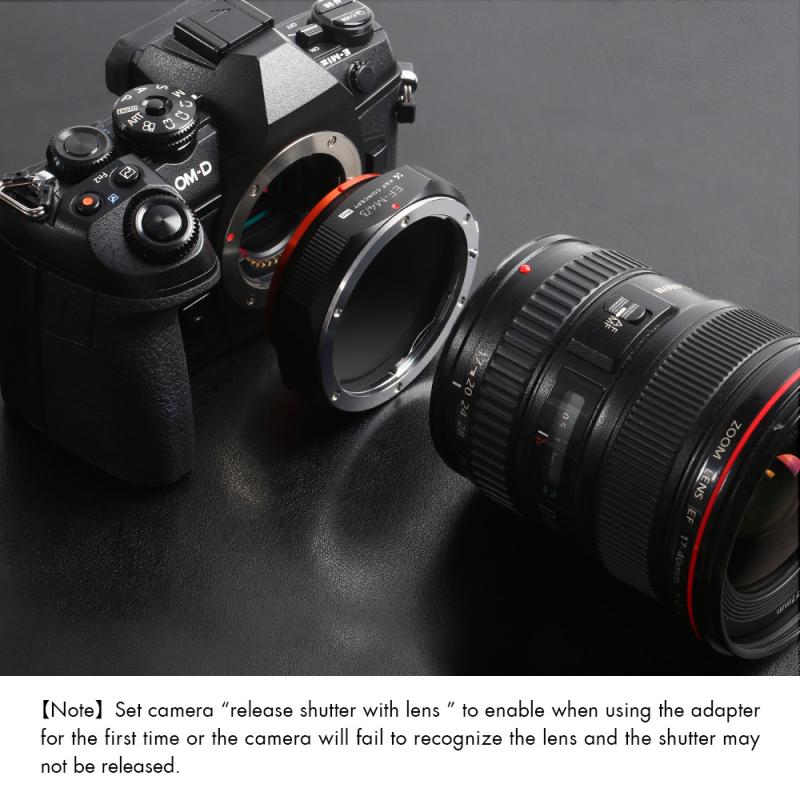
Canon's RF mount is used in its line of EOS R series mirrorless cameras. This mount was introduced in 2018 with the launch of the Canon EOS R, and it presents several advantages, including a shorter flange focal distance and a large diameter, allowing for more advanced optical designs. Here are some mirrorless cameras that share the Canon RF mount:
- Canon EOS R
- Canon EOS RP
- Canon EOS R5
- Canon EOS R6
Photographers looking to invest in the Canon RF system can benefit from a robust selection of RF lenses, known for their exceptional quality and performance. Additionally, Canon offers adapters to use EF lenses with RF-mount cameras, expanding the range of compatible lenses even further.
Sony E-Mount

Sony's E-mount system is one of the most versatile and widely-used lens mounts in the mirrorless camera market. Introduced initially for its APS-C sensors, the E-mount now supports both APS-C and full-frame sensors. Here are some popular Sony mirrorless cameras with the E-mount:
- Sony Alpha a6000 series (APS-C)
- Sony Alpha a7 series (Full-frame)
- Sony Alpha a9 series (Full-frame)
- Sony Alpha a1 (Full-frame)
The advantage of the Sony E-mount is its extensive selection of lenses, including those from third-party manufacturers like Sigma, Tamron, and Zeiss. Whether you shoot with an APS-C or full-frame Sony mirrorless camera, the E-mount system ensures compatibility across the board.
Fujifilm X-Mount

Fujifilm's X-mount is designed specifically for its APS-C mirrorless cameras. The X-mount was introduced with the launch of the original Fujifilm X-Pro1 and has since become immensely popular among enthusiasts and professionals alike. Cameras sharing the X-mount include:
- Fujifilm X-T series
- Fujifilm X-Pro series
- Fujifilm X-E series
- Fujifilm X-A series
Fujifilm's X-mount is known for its range of high-quality prime and zoom lenses, often celebrated for their sharpness and color rendition. The X-mount system's seamless integration across multiple Fujifilm camera models makes it an excellent choice for those dedicated to the APS-C format.
Micro Four Thirds Mount
The Micro Four Thirds (MFT) system is a joint venture between Olympus (now OM System) and Panasonic, offering a unique mount that's shared across various camera models from both brands. Here are some mirrorless cameras with the MFT mount:
- Olympus OM-D E-M1 series
- Olympus OM-D E-M5 series
- Panasonic Lumix GH series
- Panasonic Lumix G series
The MFT mount system is renowned for its compact size and portability, making it popular among travel and street photographers. Additionally, the shared mount means a wide selection of lenses and accessories are available from both Olympus and Panasonic, as well as third-party manufacturers.
Nikon Z Mount
Nikon introduced the Z mount for its line of Z series mirrorless cameras. The Z mount is characterized by its large 55mm diameter and short 16mm flange distance, allowing for advanced optical performance and versatility. Here are some mirrorless cameras that use the Nikon Z mount:
- Nikon Z6 and Z6 II
- Nikon Z7 and Z7 II
- Nikon Z50 (APS-C)
- Nikon Z5
The Nikon Z mount system is still relatively young but rapidly growing. Nikon's dedicated Z-mount lenses—Nikkor Z—are designed to take full advantage of the mount's capabilities. Nikon also offers FTZ adapters to use F-mount lenses with Z-mount cameras, making the transition easier for those with existing Nikon glass.
Choosing a mirrorless camera with a compatible lens mount is integral to a photographer's future-proofing strategy. Whether you're a Canon, Sony, Fujifilm, Micro Four Thirds, or Nikon user, understanding the versatility and compatibility of lens mounts can greatly influence your purchasing decision. The RF, E, X, MFT, and Z mounts, each supported by various camera models, offer unique strengths and extensive lens options, ensuring that you'll find a system that best meets your photographic needs.
Ultimately, your choice should align with your shooting style, budget, and long-term plans for gear expansion. With the information provided in this article, you are better prepared to make an informed decision and invest in a mirrorless camera system that will serve you well for years to come.





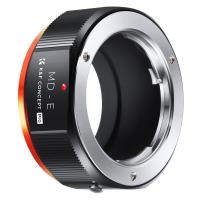




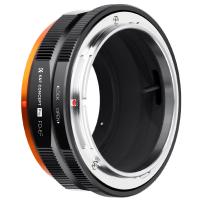




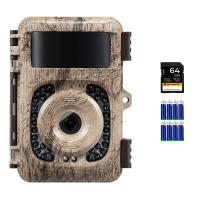






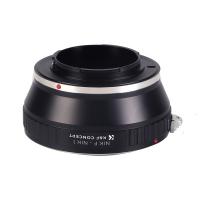




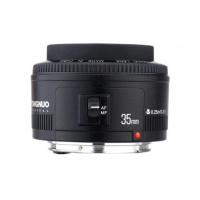

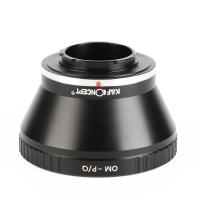











There are no comments for this blog.